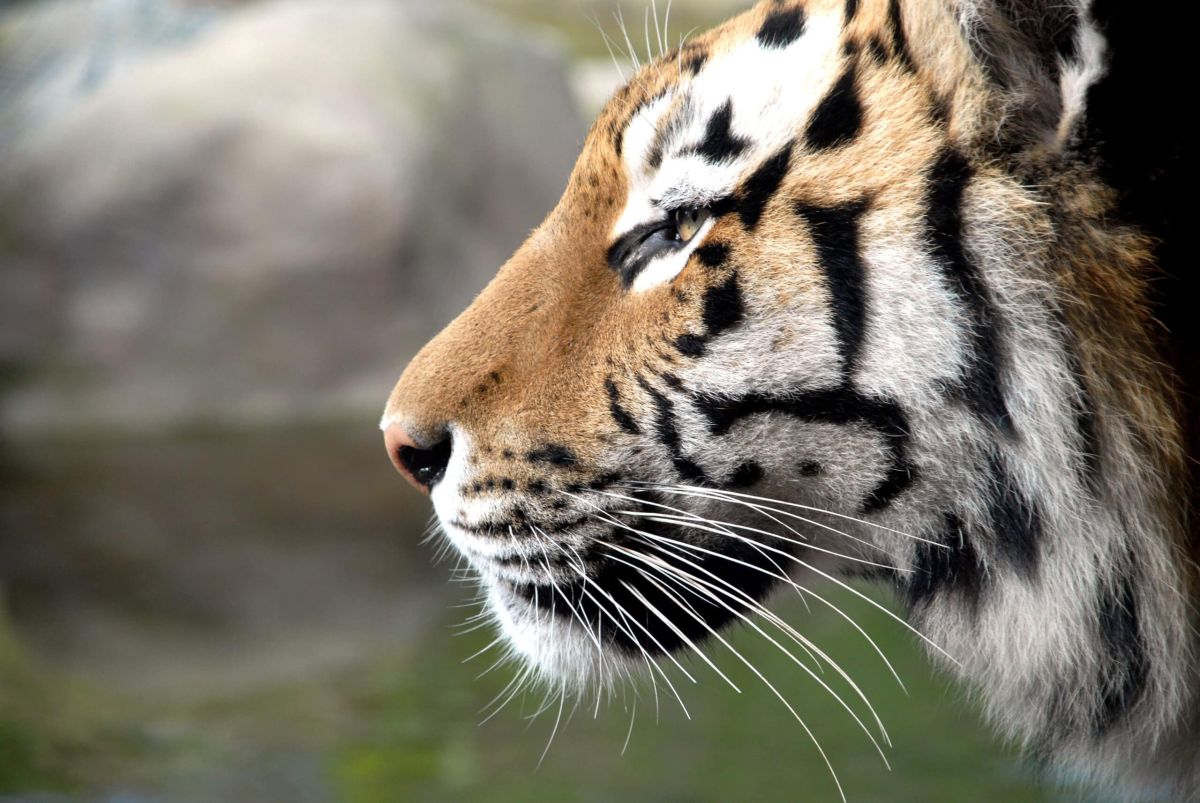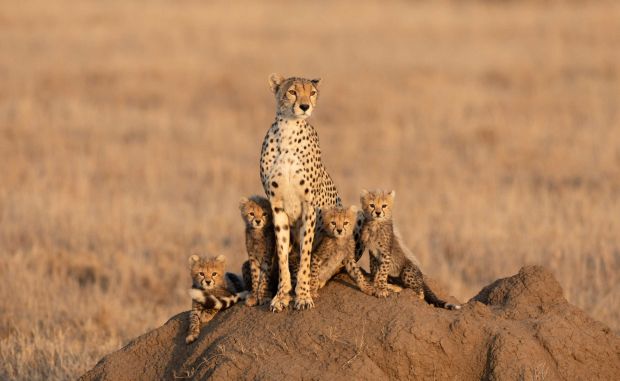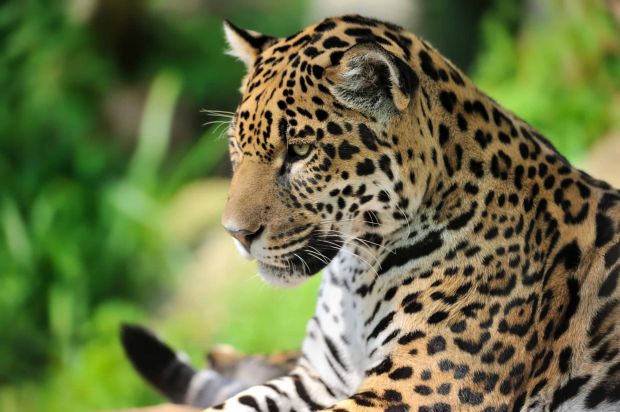Whiskers of Big Cats: Sensory Marvels

When we think of big cats—like lions, tigers, leopards, and cheetahs—our minds often drift to their majestic roars, powerful bodies, and stunning fur patterns. However, one feature that is frequently overlooked is their whiskers, or vibrissae, which play a vital role in their survival. These intriguing sensory organs not only contribute to the overall beauty of these majestic creatures but also provide them with critical information about their environment.
The Anatomy of Whiskers
Whiskers are specialized, long, stiff hairs that protrude from the faces of big cats. They can be found above the eyes, on the muzzle, and even on the forelimbs. Unlike regular fur, the follicles from which the whiskers emerge are much deeper rooted in the skin and are surrounded by sensitive nerve endings. This anatomical design makes them incredibly responsive to touch and changes in air currents, acting like a sophisticated biological radar system.
The size of a cat’s whiskers is typically proportional to the individual’s body size; larger cats tend to have longer and thicker whiskers. For example, the long whiskers of a snow leopard are perfectly adapted for its mountainous habitat, allowing it to navigate rocky terrains with confidence.
Sensory Superstars
Whiskers serve multiple functions that are crucial for the survival of big cats in the wild. Here are some of the key roles they play:
- Spatial Awareness: Big cats often operate in dense vegetation or dark environments where visibility may be limited. Their whiskers act as tactile sensors, helping them detect obstacles and navigate through tight spaces without relying solely on sight. By brushing against objects, the whiskers can provide a sense of the surrounding area, allowing the cat to judge distances and sizes accurately.
- Hunting Assistance: When stalking prey, big cats must be exceptionally discreet. Whiskers are highly sensitive to both kinetic and static changes in the air, enabling them to sense movements from a distance. This allows them to detect and track the subtle vibrations created by the approach of their quarry, even before they can see it.
- Emotional Indicators: Like a cat’s tail, the position and movement of whiskers can communicate mood and intent. Whiskers pushed forward might suggest curiosity or aggression, while whiskers pulled back could indicate apprehension or fear. Observing these nuances can provide insight into a cat’s emotional state, whether in wild settings or in captivity.
- Environmental Interaction: Whiskers help cats gauge the size of openings or spaces they consider entering. This is particularly useful for animals like tigers that can weigh up to 600 pounds; the whiskers assist them in deciding whether they can fit through a particular gap without risking injury.
Whiskers in Action
The effectiveness of whiskers becomes particularly evident in stories of big cat behavior in the wild. For instance, researchers have observed that a tiger will often test the depth of a stream with its whiskers before deciding whether to wade through. Similarly, cheetahs, known for their incredible speed, rely on their whiskers to maintain balance and spatial awareness during their high-speed chases.
In the case of lions, who often hunt in groups, the role of whiskers in communication and coordination cannot be underestimated. As these powerful predators work together to strategically hunt larger prey, their whiskers help them maintain spatial awareness of one another, ensuring they stay coordinated and effective in their pursuit.
Whiskers are far more than mere facial adornments for big cats; they are essential tools that enhance their ability to thrive in diverse and often challenging environments. These sensory marvels provide critical information that aids in hunting, navigation, and social interaction. As we continue to explore and understand the myriad ways in which wildlife adapts to their surroundings, it becomes ever clearer that the elegant design of big cats—including their enigmatic whiskers—embodies the remarkable ingenuity of nature. In appreciating these magnificent animals, let us celebrate not only their grace and strength but also the intricate adaptations that help them conquer their world.



